SC Matrimony
by iMarriagesSC matrimony site.
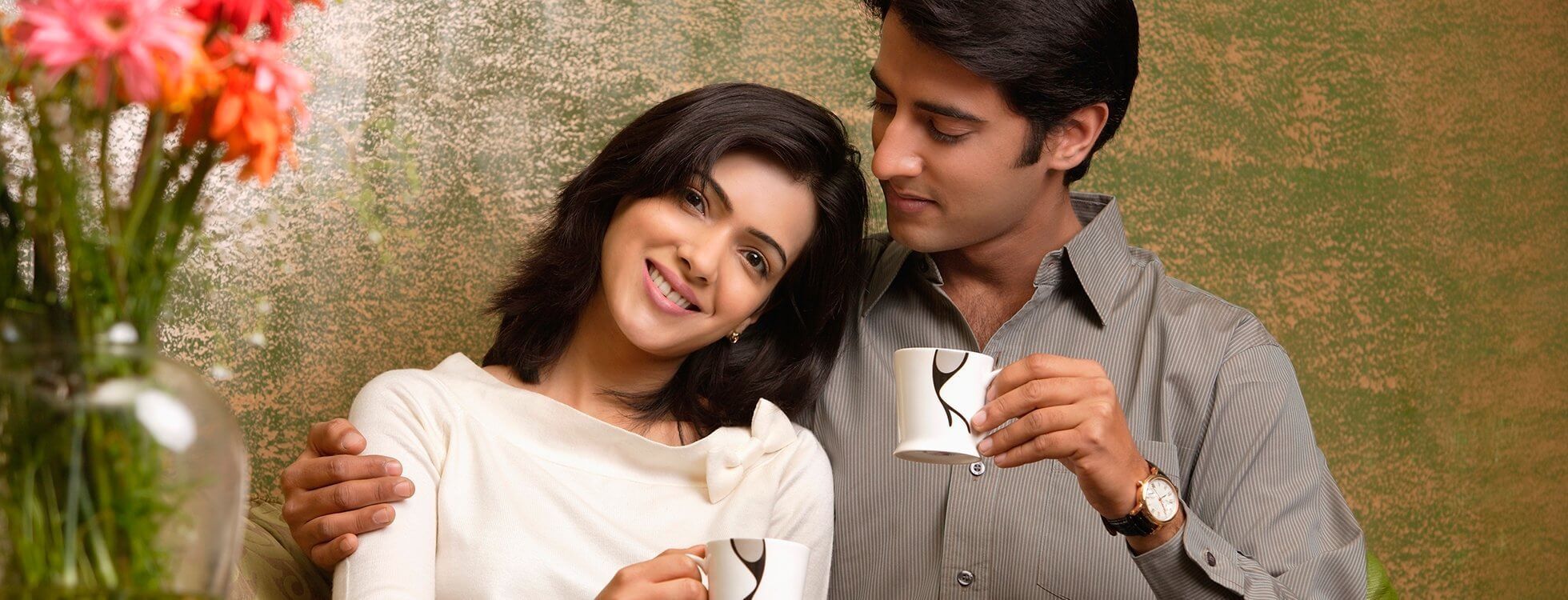

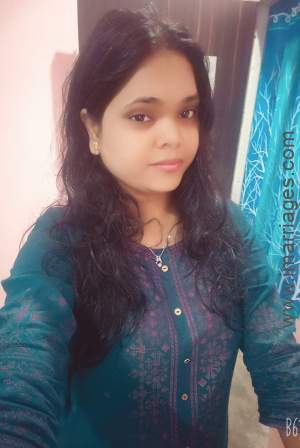
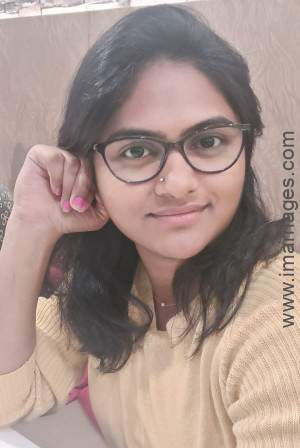
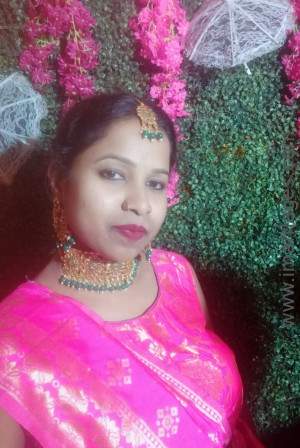
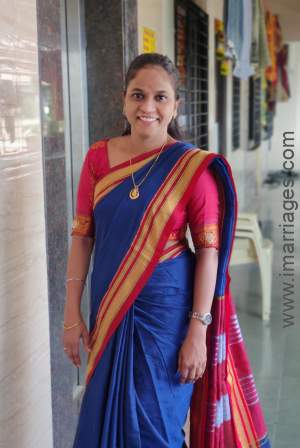
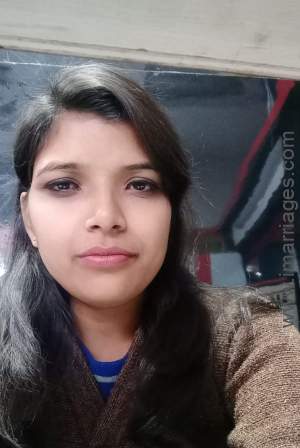
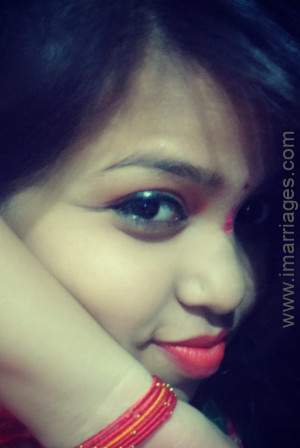
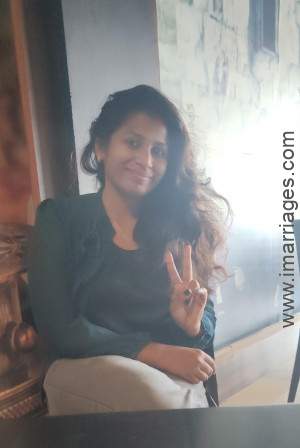
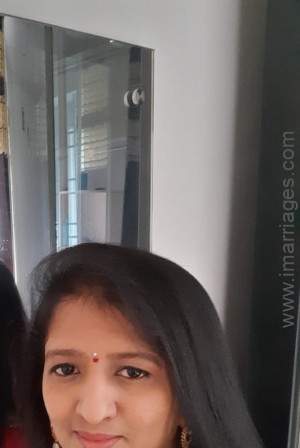
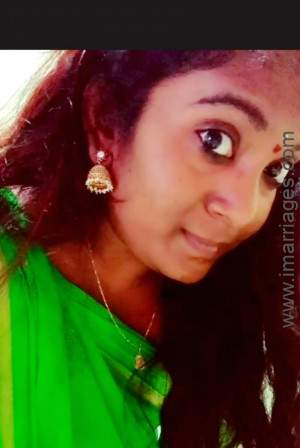
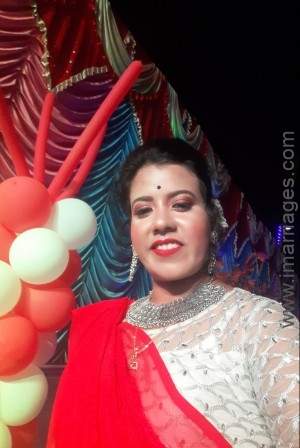

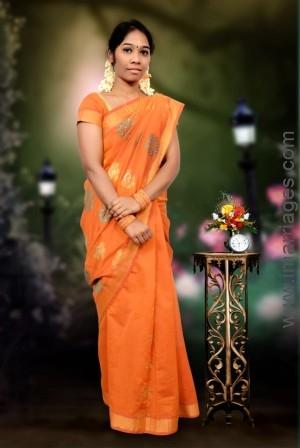
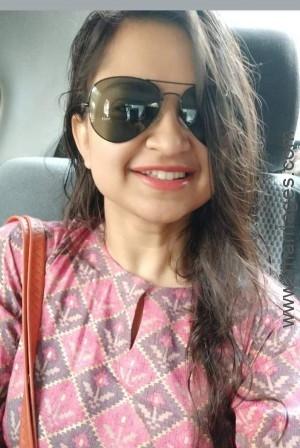
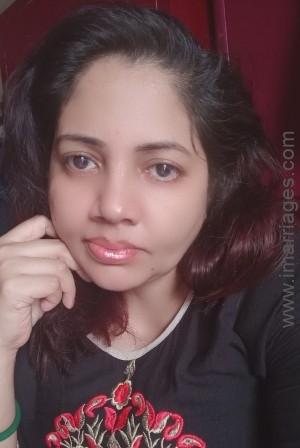
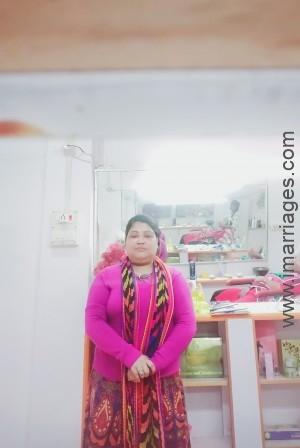
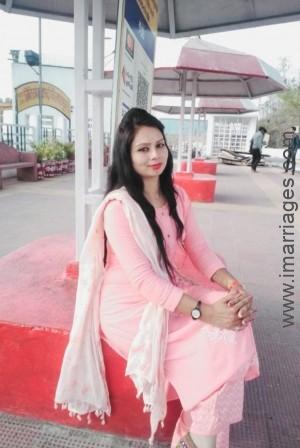
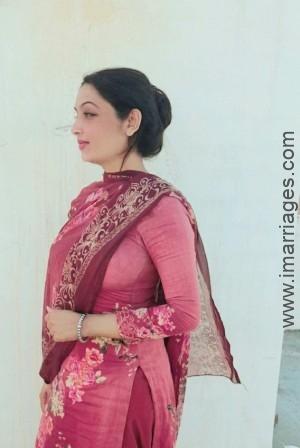
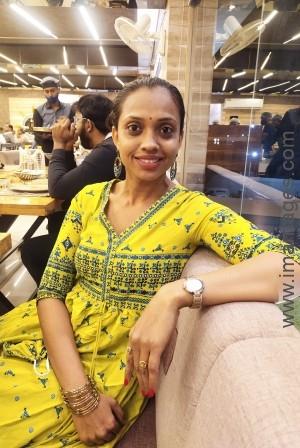
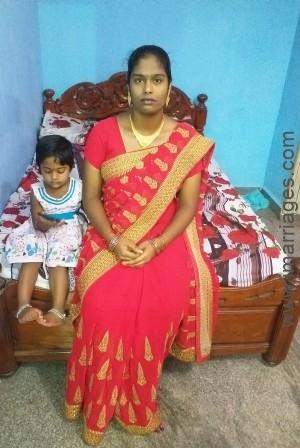
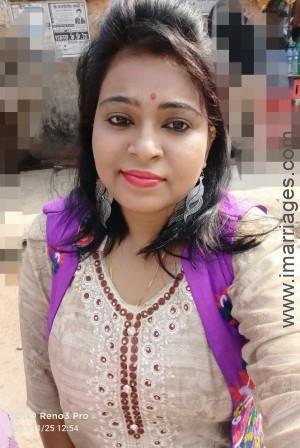
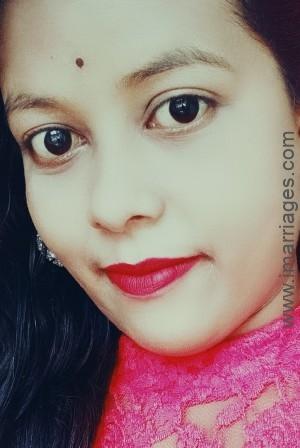
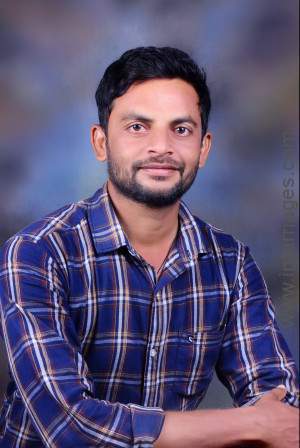
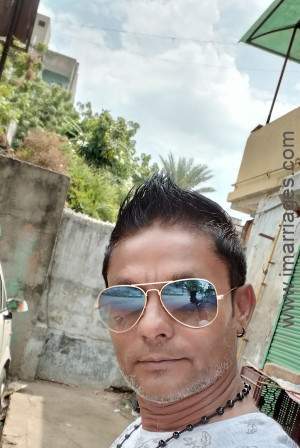
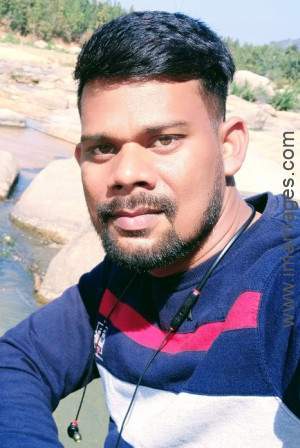

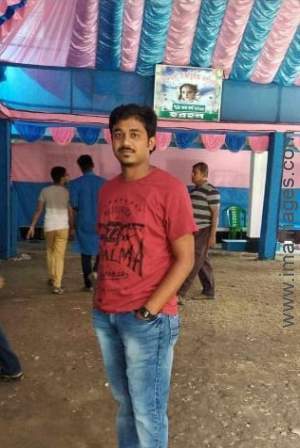
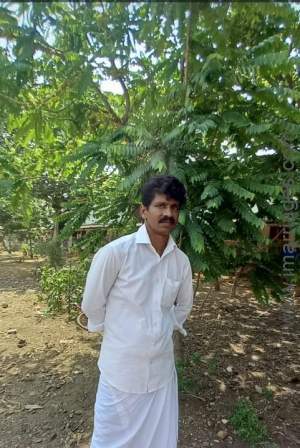
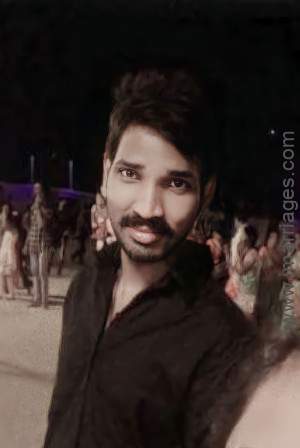
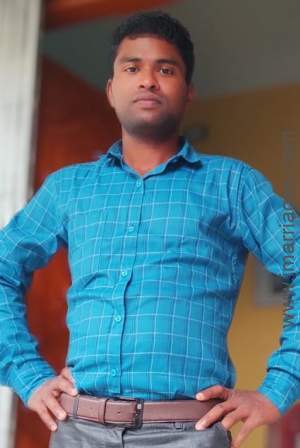
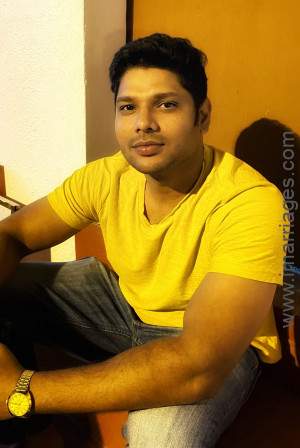
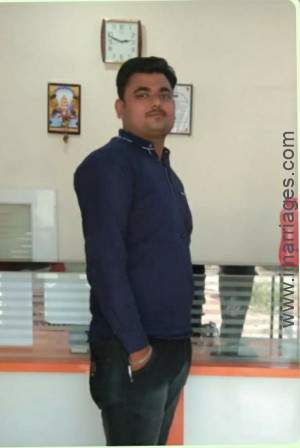
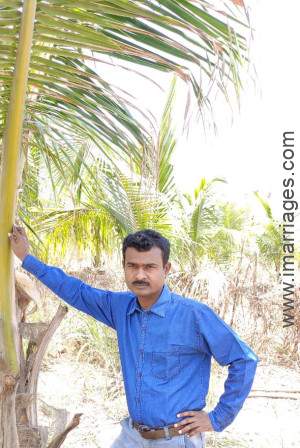
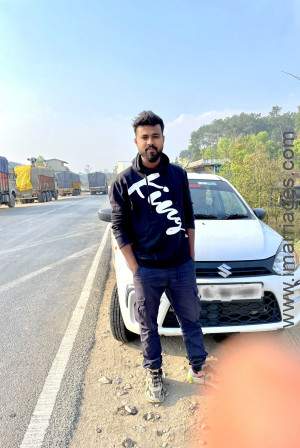
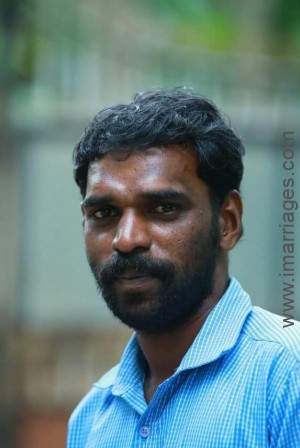

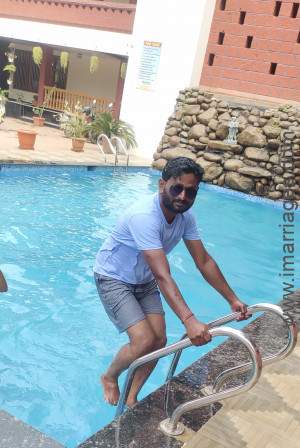
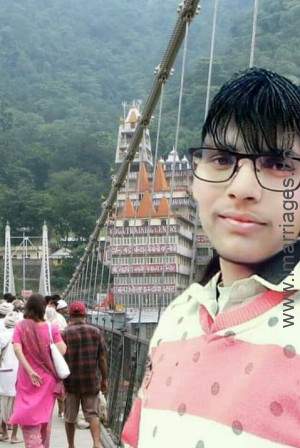

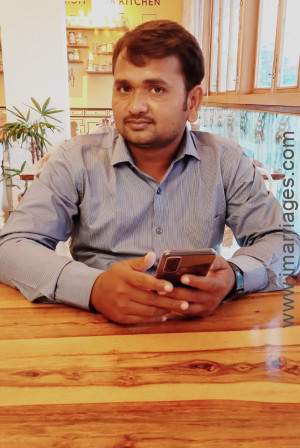
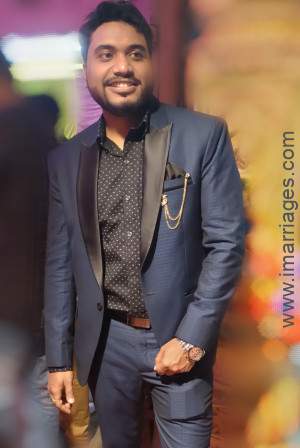
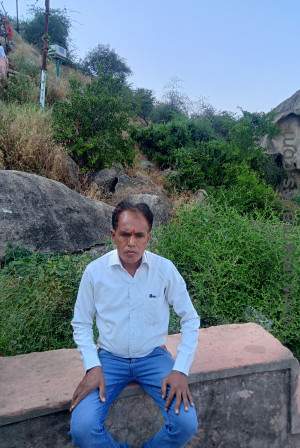
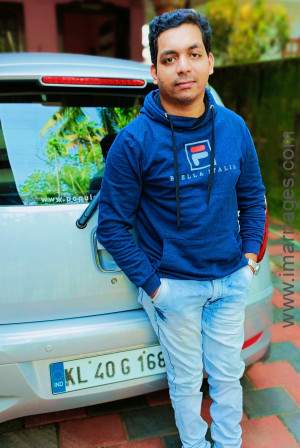

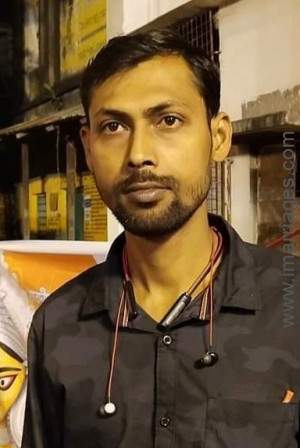
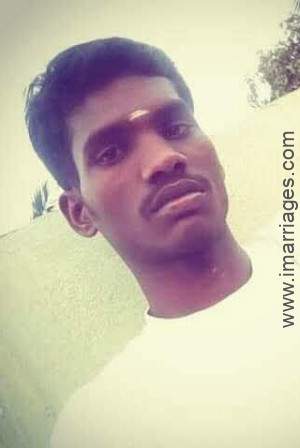
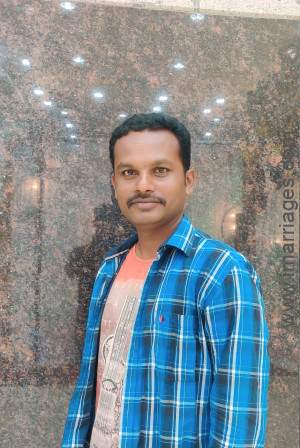
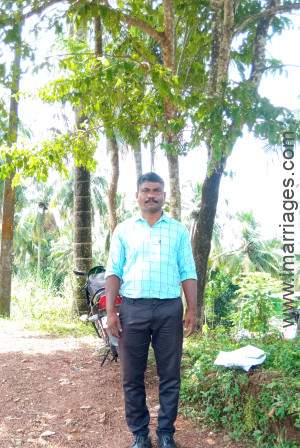
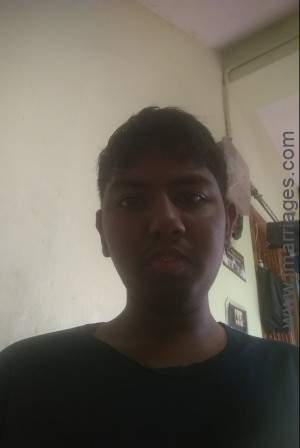
Welcome to Scheduled Caste Matrimony by iMarriages, a free matrimony portal featuring thousands of profiles.
Marriages are the most beautiful and celebrated event among families. India being a land of diverse culture envisages various customs of marriages, but all with the same central theme of celebrating the spirit of togetherness.
People of the scheduled castes can be found in almost every part of our country and yet they all have striking similarities in their customs and traditions especially in case of marriages. However, there are some minor regional differences.
Let's take a detailed look at various rituals attached to the colorful scheduled caste matrimony.
People belonging to scheduled caste mostly prefers to have an arranged marriage. Once they find a suitable match for their girl, they send a marriage proposal to the boy's family. If the parents of boy accept the proposal, they visit the girl's place along with few close relatives. When both sides agree on all the aspects of the alliance, then the colorful celebration of marriage starts.
Bariksha
Brishka symbolizes the first ritual in the marriage ceremony. During this ritual, the girl's family sends a silver bowl filled with rice containing supari and turmeric powder and an envelope containing cash for the boy. This is to signify their acceptance for the boy as their son-in-law.
Sagai
This is the engagement ceremony between the boy and the girl. During this ceremony, the groom's family visits the bride's place and shower her with gifts, jewelry and dresses. Following this, the groom's mother applies red tikka from vermillion powder on the forehead of the bride. Then she places all the gifts on bride's lap and bestows her best wishes to her. This is followed by an exchange of rings between the couple. The bride's family also gifts various items like clothing, sweets, and cash to the groom.
Haldi Ceremony
This ceremony symbolizes beautification of the bride and the groom before their marriage. Haldi is considered to bring a glow to the skin, thus it is applied on the face head, arms and legs of both the bride and the groom during this ceremony. It takes places in both the houses separately.
Tilak Ceremony
During this ceremony, the bride's father along with other male relatives visits the groom's house. This ceremony is about showering of blessings on the groom for his new beginning by the members of the bride's family. They apply tilak on the groom's forehead and shower him with gifts and clothing.
Bhaat
Maternal uncles have an important role to play during marriage ceremony among all the communities in India. Bhaat is also one of them, which is actually a lunch ceremony organized by the maternal uncle of the bride and the groom for all the relatives and friends. It's sort of pre-wedding lunch to seek blessings from all the member of society for the upcoming wedding.
The Holy Bath
At the dawn of the wedding day, the bride and the groom take a holy bath, which is to purify their mind, body, and soul before the pious ceremony of wedding rituals. Then they proceed for getting ready for their main event.
Baraat
Once the groom gets ready in his wedding attire, he takes blessings first from his family deity then from his parents for his auspicious beginning. Then the groom and his wedding procession set off towards the wedding venue.
Welcoming of Baraat and Jaimala
At the threshold of the wedding venue, the groom and his party receive a hearty welcome by the bride's party. After this, his brother in law escorts the groom towards the stage. As soon as the groom sits on the stage, the bride is called and the ritual of exchanging of garlands (Jaimala) takes place between the couple as a symbol of their acceptance as husband and wife.
Main Wedding Rituals
After Jaimala the couple takes their place at the wedding mandap where they perform Ganesh pooja followed by the Gauri pooja, this is to seek blessings of both the Lord Ganesha and the goddess Gauri for their prosperous and happy married life. After this, the priest lit the holy fire and the bride and the groom are asked to pour sacrifices in the holy fire this ritual is known as 'Vivah hom'. Then comes the emotional ritual of Kanyadan during which the bride's father hands over the bride to the groom as his life partner.
After Kanyadaan the couple stands up for mangal Pheras which symbolizes their union by keeping the God of Fire 'Agni' as their witness. The couple takes seven round around the fire 'Agni Kund' and promise each other to keep all the seven vows of the marriage throughout their life. At the conclusion of the wedding rituals, the groom ties the Mangal sutra around the bride's neck and applies vermillion powder on her forehead.
Vidai
Since the bride now belongs to her husband, she has to leave her paternal home, to start her new life as a wife. This ritual is one of the most emotional ones among all the wedding rituals. All the family members bid a tearful goodbye to his dear daughter.
Grihpravesh
This symbolizes the entry of the bride in her new home. The newly married bride is considered as an incarnation of goddess Lakshmi and thus she is welcomed with arti performed by her mother in law. Then she enters the house by dismounting a pot filled with rice with her right leg.
Reception
The groom's family throw a grand reception for all their family members, relatives, and friends to introduce the new member of their family i.e the bride. Delicious dinner, enthralling decorations, and music one can witness all of them during the post-wedding reception ceremony of the scheduled caste matrimony.